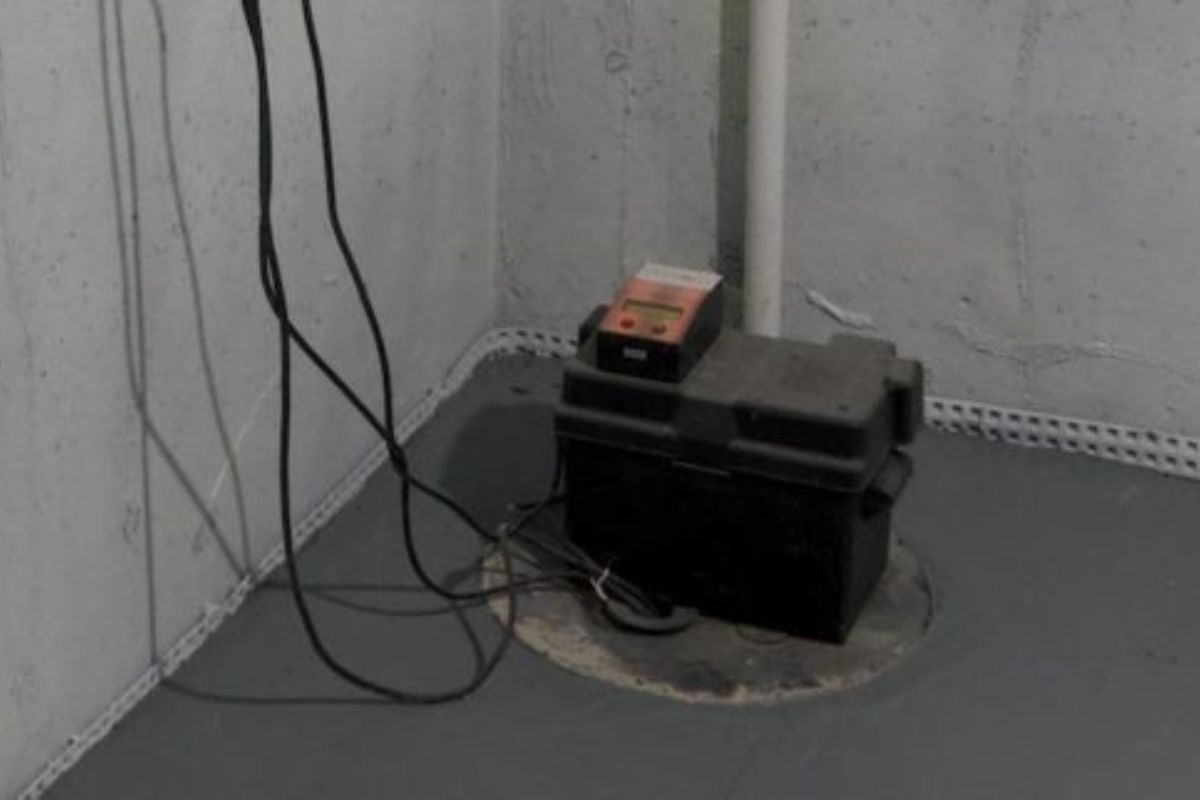Sump pump systems are lifesavers for many homeowners occasionally struggling with basement flooding. The spring and summer months are a time when your basement is likely to flood. A combination of melting snow and increased rainfall help create conditions leading to flooding.
Both these situations lead to heavy soil saturation, in which much of the excess moisture goes under your foundation or into the basement. One of the best ways to get water out of your basement is with a sump pump. Read on to learn more about what having a sump pump installed can do for your home.
Do Sump Pumps Require Any Maintenance?
Think about the possibility of getting hit with a heavy rainstorm and having a sump pump go dead, and you’ll see why maintenance matters. A pump that works properly will get the water out of your basement as quickly as possible, helping to spare you from major water damage in the basement.
At heart, a functional sump pump system is what gives you a functional basement that’s pleasant to use. Your pump will start to kick in once the water reaches a certain level. These systems rely on parts that need to work correctly to detect water.
Most sump pumps are designed to last 10 years or more. Although not everyone will need to run their pump that often, the system should be checked regularly. Otherwise, you’re running the risk of having a breakdown, possibly during a particularly bad time.
Basement repairs are some of the costliest for homeowners. Even if you get everything repaired quickly, your use may be permanently affected. Keeping your pump maintained can help prevent this scenario from happening.
What Are Some of the Most Important Maintenance Tips for Sump Pump Systems?
Sump pump systems are very important for homes with basements. When you have one of these systems, you can avoid a lot of potentially damaging situations. Some of the important care tips to remember about a sump pump include regularly testing the pump, repairing or replacing defective parts, cleaning, and providing battery backup.
Pouring water into the sump pit to make sure the pump works help you ensure everything is working. Ideally, the pump should pump the water out quickly, then shut off.
If any of the parts aren’t working as they should, a service call is in order. Any parts that break down or wear out should be replaced promptly for your pump’s health.
Regular cleaning can help rid your pump of:
- Debris
- Dirt
- Gravel
- Grease
- Sand
If you keep your pump cleaned out, it will work more efficiently.
Having an additional battery-powered backup pump is helpful during power outages so you don’t have to deal with standing water. An extra pump with battery backup is also useful in case of mechanical failure.
What Are Some Other Maintenance Measures for Sump Pumps?
If you have a backup pump in addition to your primary pump, testing both of them is essential. The last thing that you want to cope with is having both pumps go down at the same time. Whenever you run your pumps, listen for unusual noises signaling trouble.
Most backup pumps have batteries that require replacement every two to three years. The foundation specialist that you work with can provide guidance on your specific pump’s battery life.
One of the most important parts to check is the float switch, which turns your pump on when it detects flooding. For this switch to work as intended, it needs to be free from obstructions.
Another thing you’ll need to do is make sure the discharge line has no air holes. Any excess air may prevent the pump from working as expected.
KC Pier can help with installing or repairing sump pump systems, contact us to learn what we can do for you.

